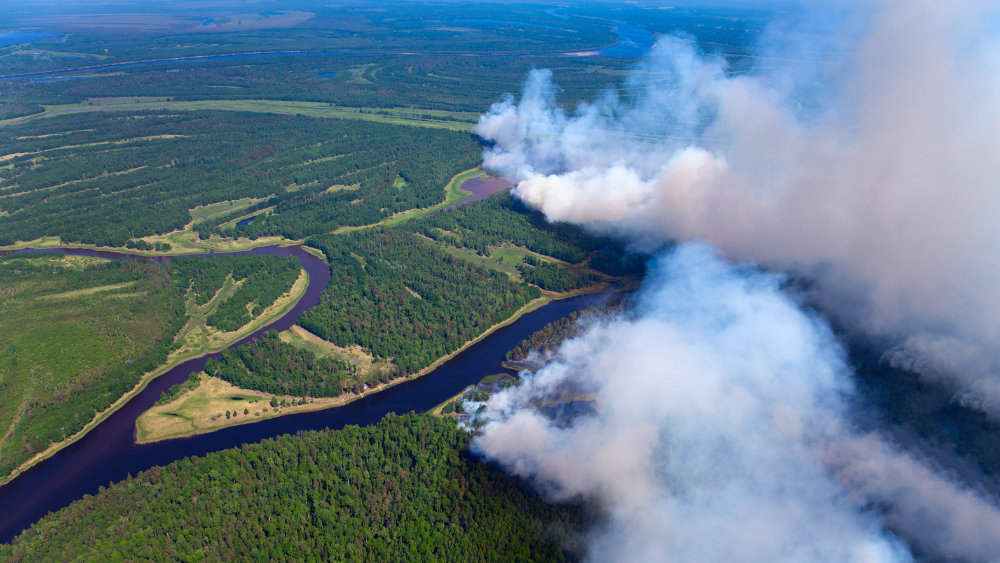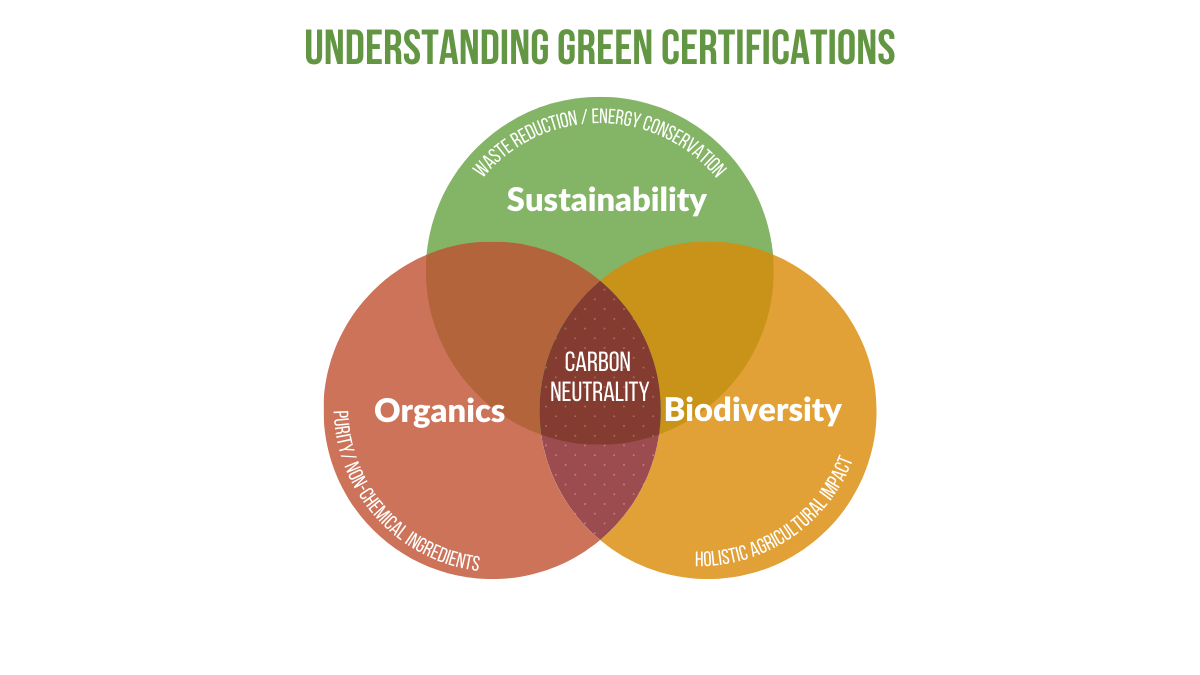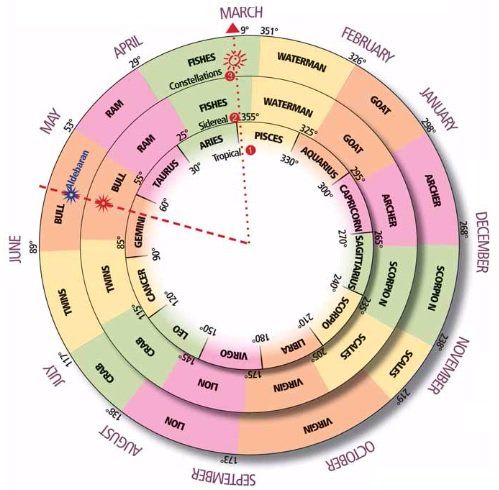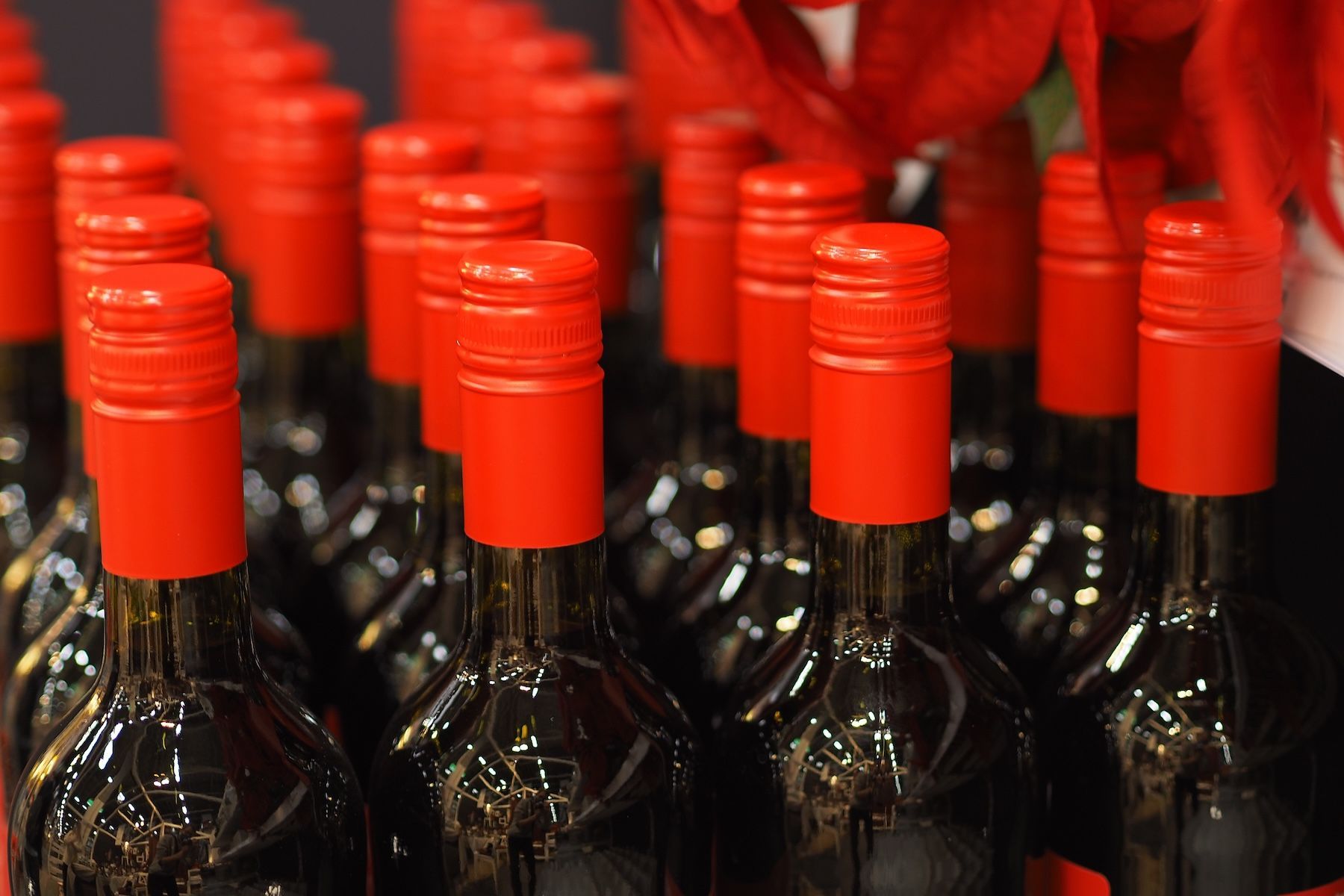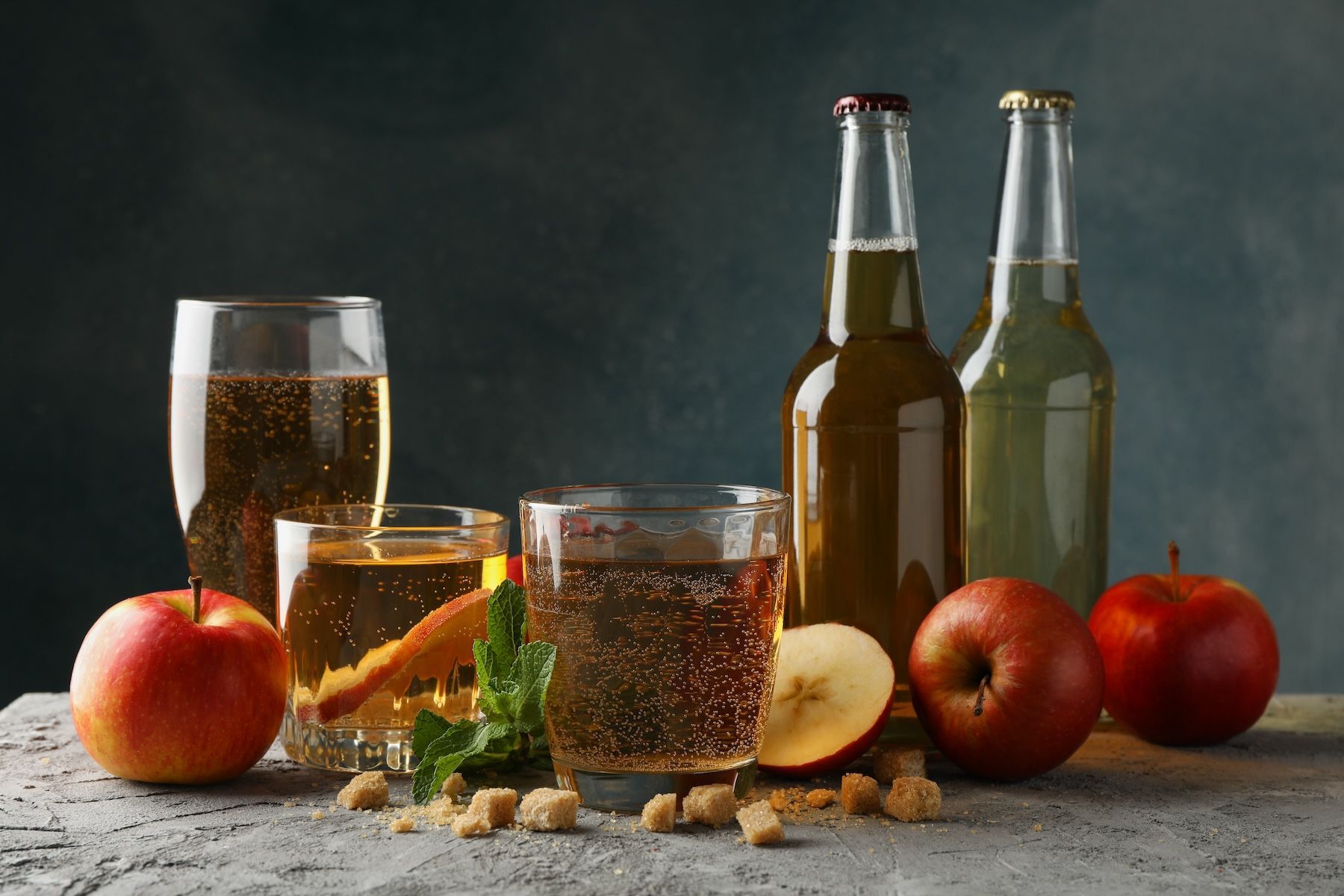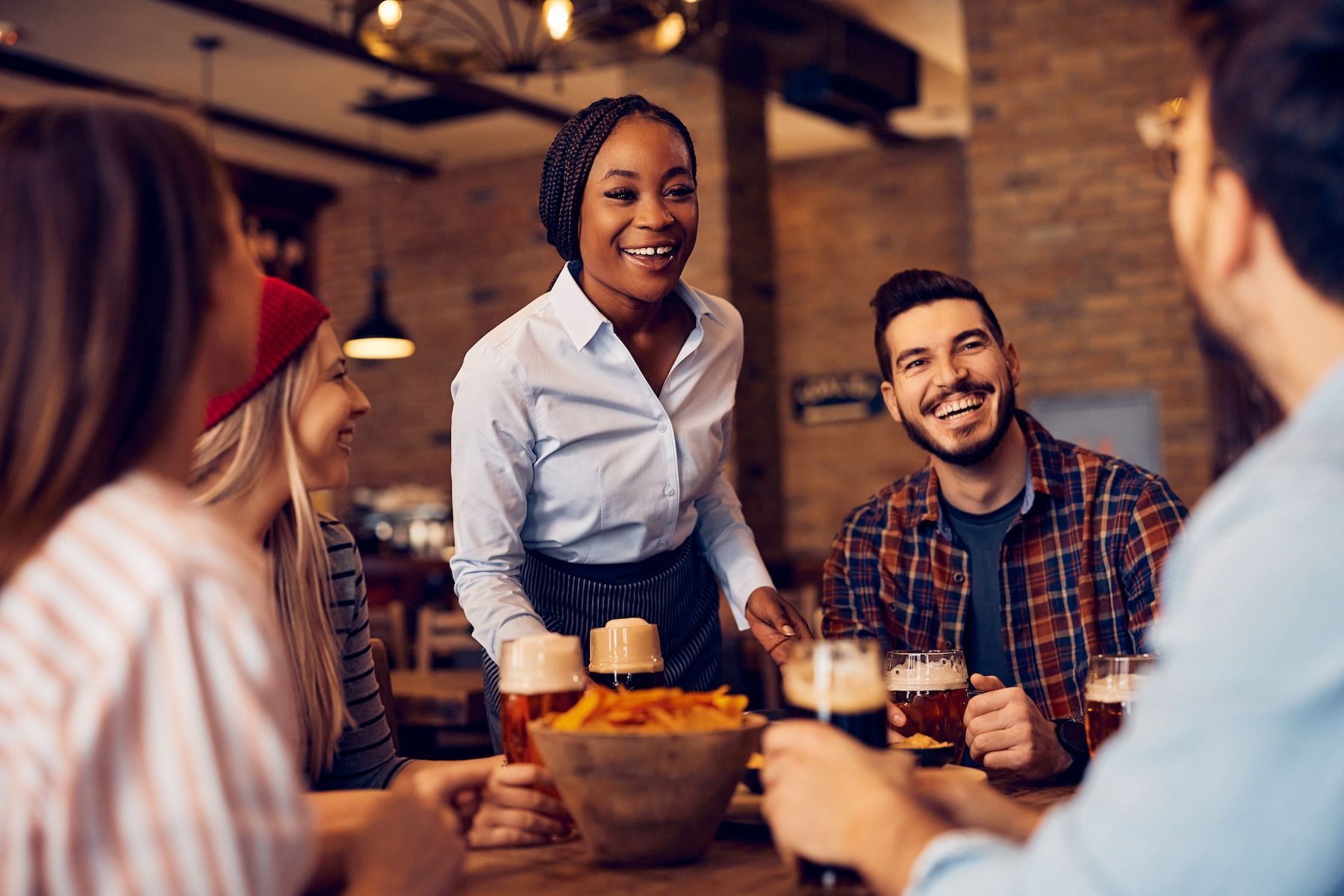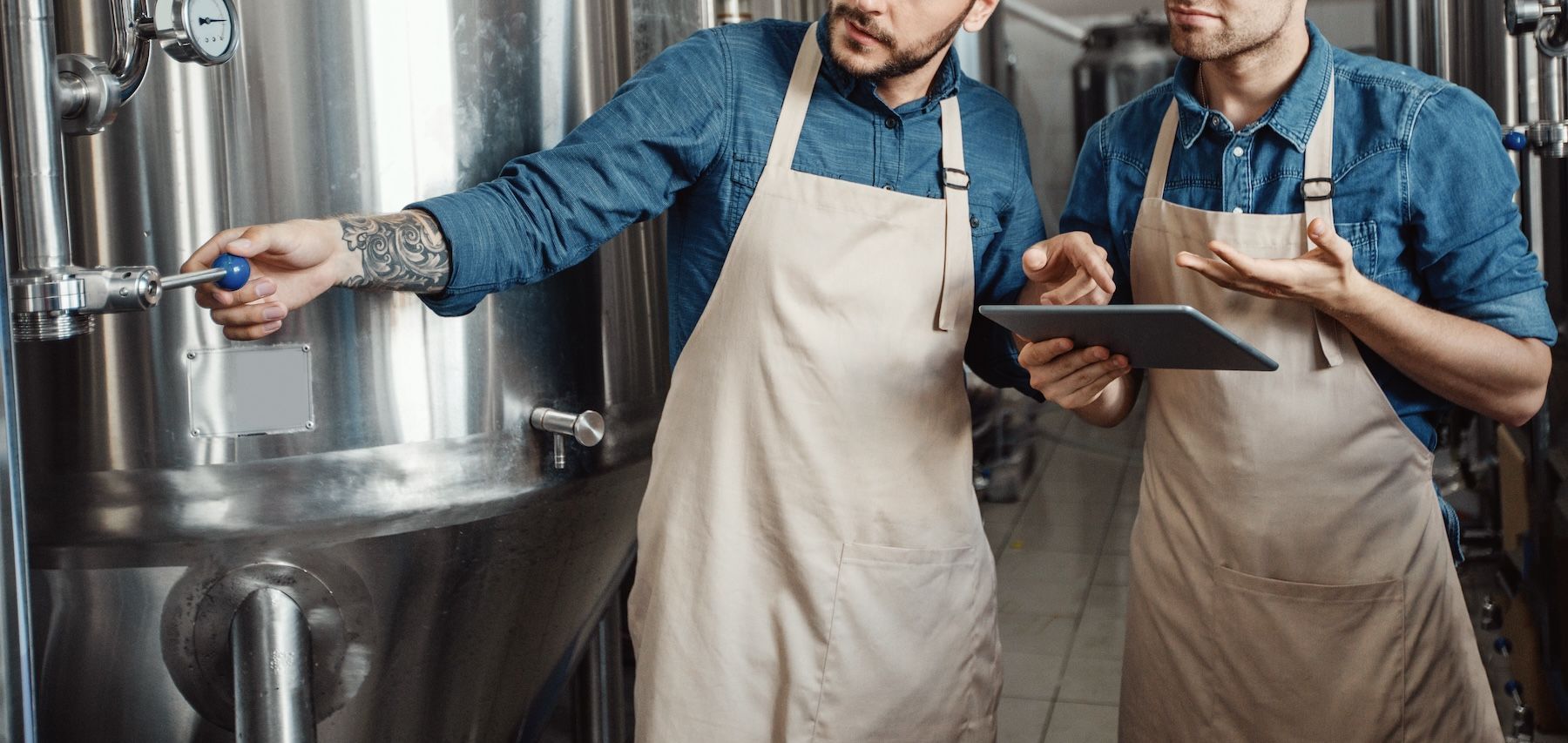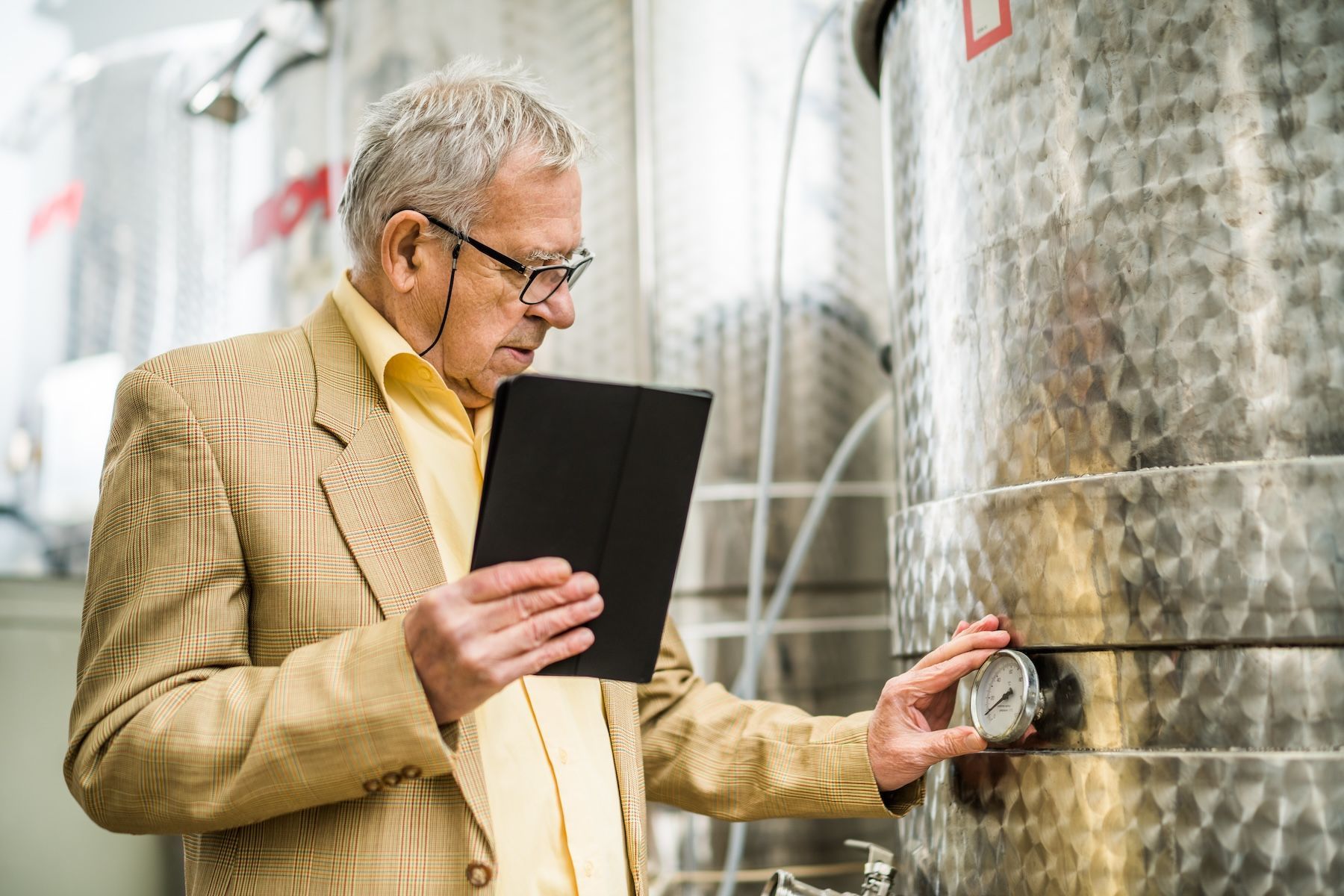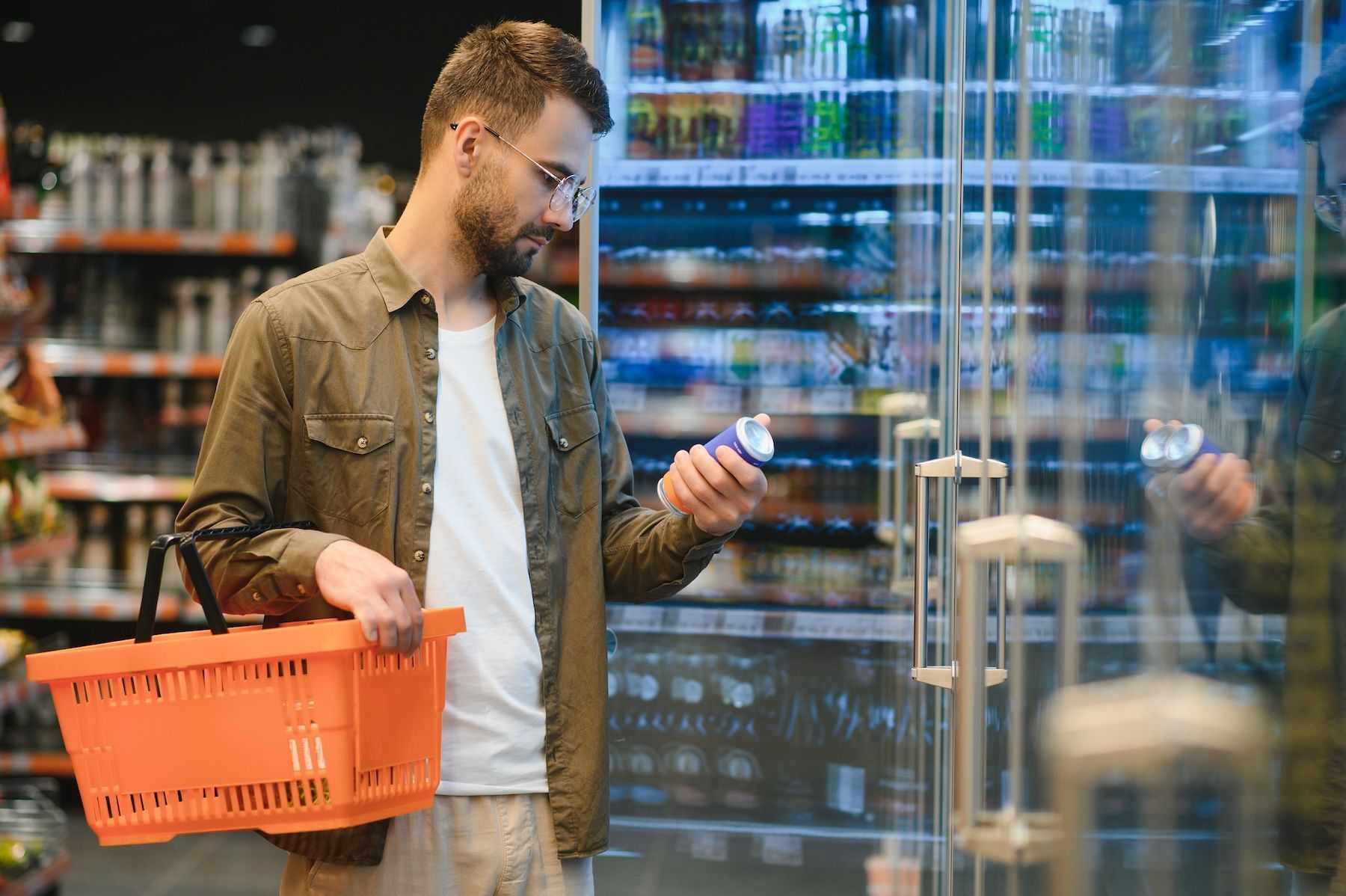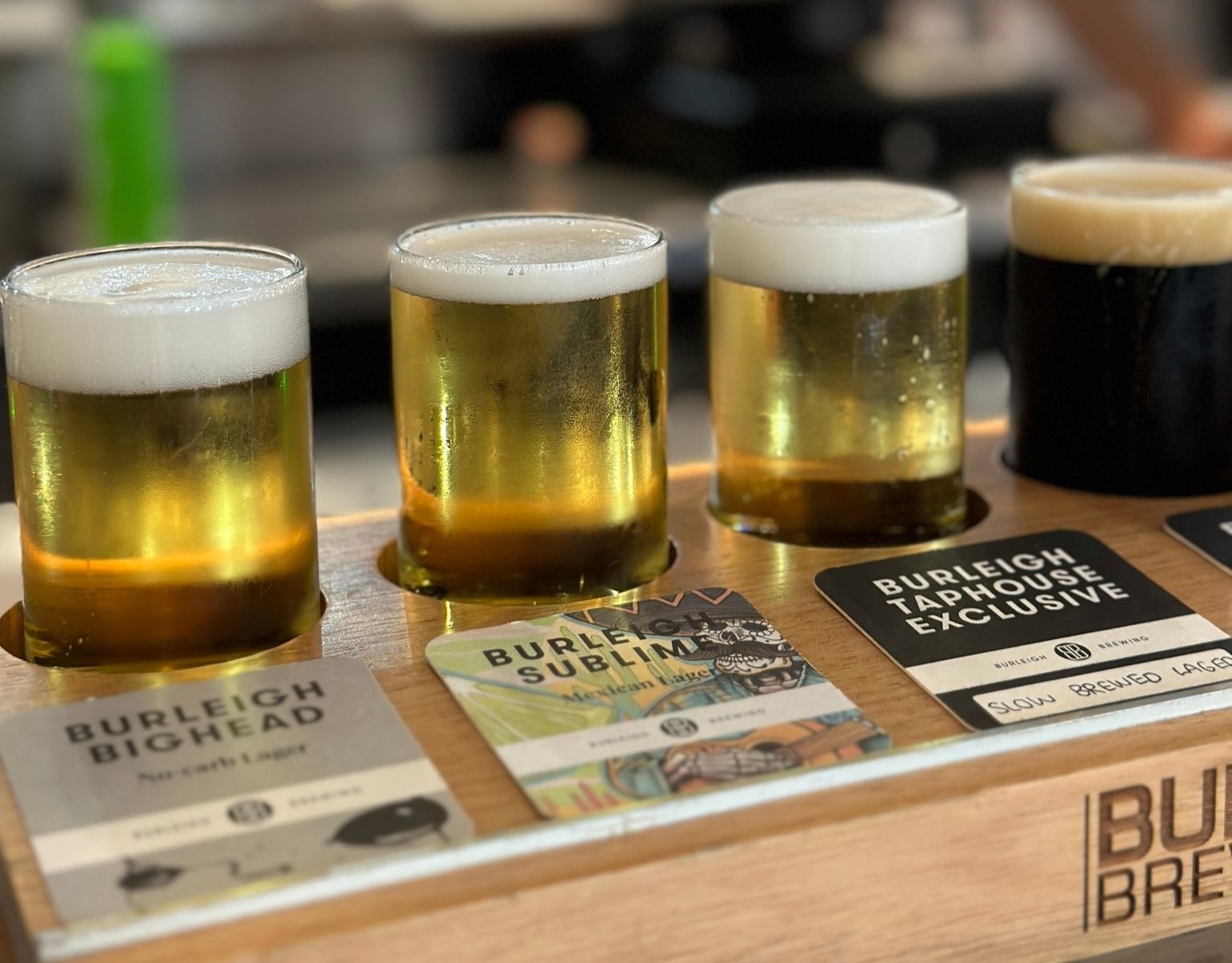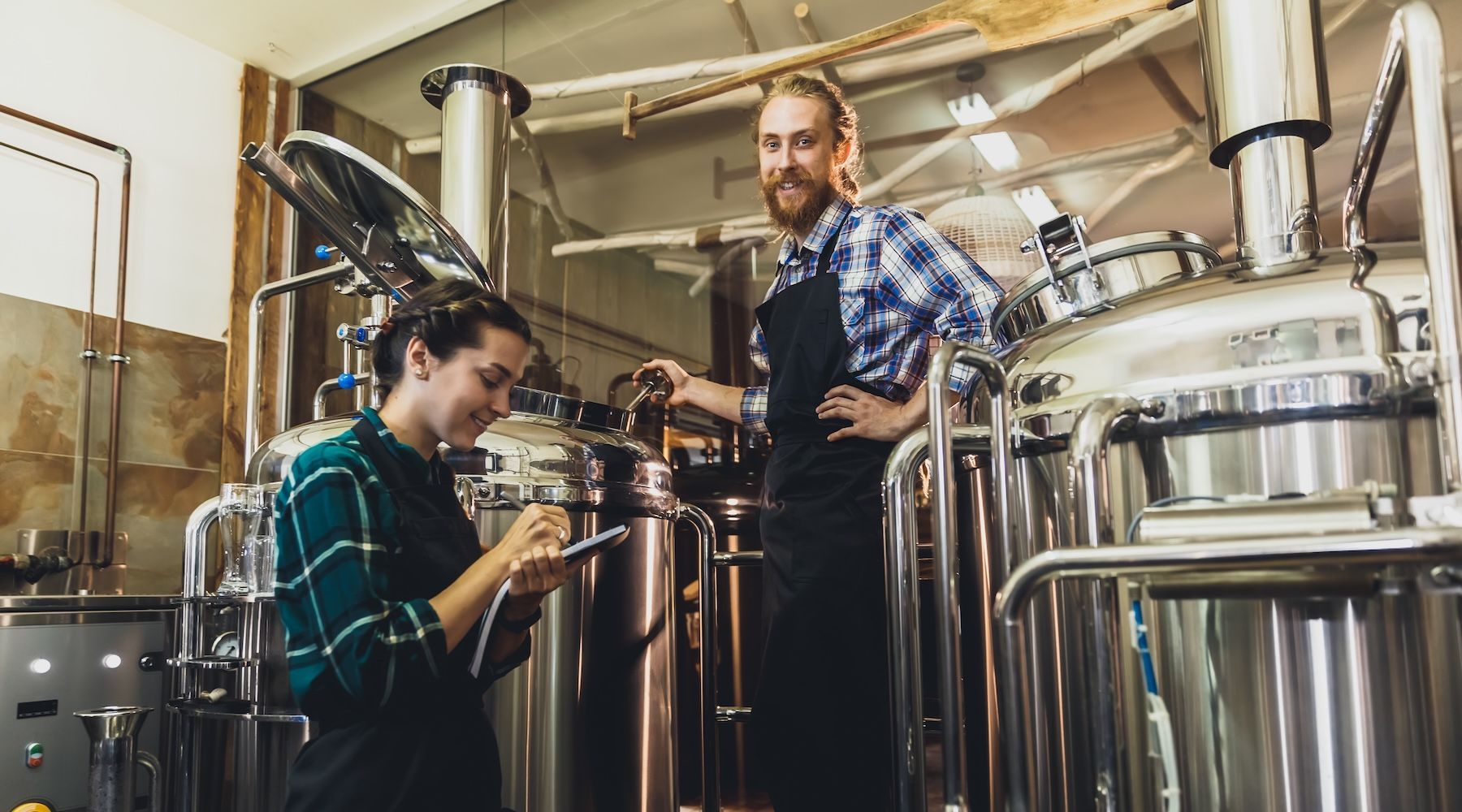Putting The Terror in Terroir
Smoke Taint, Wildfires, Warmer Temperatures and Other Things That Go Bump In The Night
At this point, any winemaker in the world could tell you about how their business has been touched by recent climate unpredictability and environmental stressors — from warmer temperatures to wildfires to the much-dreaded smoke taint, meteorological upheaval is having both direct and indirect impacts in the world of wine. Some historically cooler regions are enjoying riper berries as temperatures climb, while heat waves have been ruinous to harvests in others. In an industry that is steeped in tradition and heritage, from growing techniques and production methods to the grapevines themselves, these shifts from the expected means unforeseeable outcomes and downright frightening decisions that have to be made — just ask the California growers in 2020 who had to make the
tough decision to leave upwards of 8% of their yield to rot on the vine.
Weather or Not
The flavor of wine is inexorably tied to the environs and the conditions in which the grapes are grown. Karen MacNeil, author of
The Wine Bible, says, “That’s the heartbeat of wine — it’s connected to its place.”
The concern is no longer whether or not changes in the environment have an effect on the defining flavors of vintages but to what extent, for how long, and what the heck can we do about it. All the old standby knowledge about how to grow, when to harvest and the best ways to ferment has been blown by the wayside. Unpredictability is now just about the only thing winemakers can take for granted.
The upside of this revelation is that it is (sometimes quite literally) lighting a fire under winemakers and researchers to innovate. The race is on to find ways to preserve precious grape varietals and beloved vintages as well as to harness these new challenges in unexpected ways.
Tip of the Iceberg
This emerging state of meteorological affairs also means that ideas like sustainability and greener production methods are top of mind across the whole of the wine industry. Green certifications are more than just a feather in the proverbial cap. But for wine businesses racing to catch up, what does sustainability really mean? And what is the ultimate goal that winemakers should be aiming for?
“While sustainability has become common-place in the wine industry, the term is often misused and rarely fully understood."
Sustainability
This is a broad term that, at its heart, is all about doing more with less while reducing the overall impact of an individual, company, process, what have you on the earth. One can think of it as a philosophical approach that is an aspect of most green production efforts. But it goes beyond just the scope of the wine production itself — sustainability initiatives often extend into the entire value chain, including packaging, shipping, distribution and corporate values.
While winemaking is far from the worst offender when it comes to environmental impact, the wine industry is uniquely and singularly vulnerable to the effects of atmospheric changes. From a zoomed-out perspective – and taking social consciousness into account – it is also a labor-intensive industry with a high human cost in terms of time, sweat and numbers.
The ultimate goal is carbon neutrality — sustainable farming and productions practices alongside energy use reduction, recyclable or reusable material utilization, and other green initiatives all the way across the board. Certification (and the regulations that guide it) can vary greatly from state to state and country to country. There are a number of organizations that provide guidelines for developing sustainability strategies as well as cooperatives and collabs like
The International Wineries for Climate Change that winemakers and companies have the option to join to support their efforts.
Organic CERTIFICATION
Organic certification is government-regulated in the United States. The qualifications speak to production standards that aim at minimizing the impact on the environment. These are set in legal stones that vary across borders — which also means that if your product is distributed internationally, it may or may not be able to have the "organic" label in all instances. Here are a few of the guidelines that are relatively consistent from nation to nation:
- Zero chemical pesticides, herbicides, insecticides or fertilizers. Full stop.
- Permitted use of natural fertilizers and some natural pesticides
- Absolutely no GMO yeasts
- Proof of at least three years of organic practices
This is just a short example list, and winemakers will want to be very thorough in their production planning. If organic certification is the goal, they’ll need to be playing the long game.
Biodynamics
It’s Not Easy Being Green
Interested in learning more sustainability strategy for the wine industry?
Contact us to discuss a sustainability solution for your winery. We’ll schedule a call with one of our wine industry specialists who can advise you on how to successfully launch and track your sustainability efforts.

